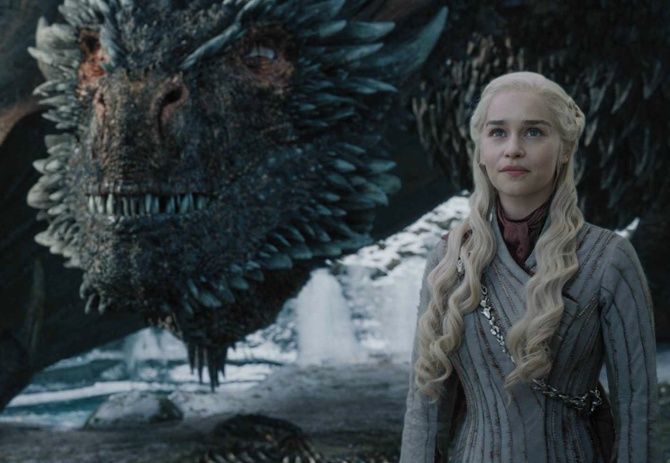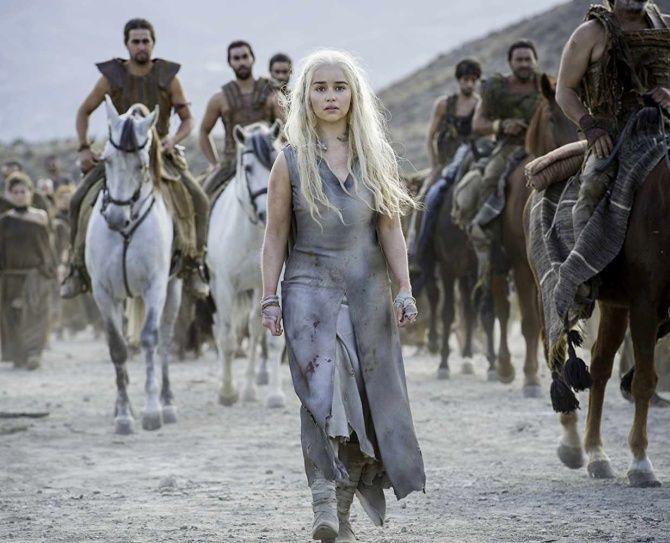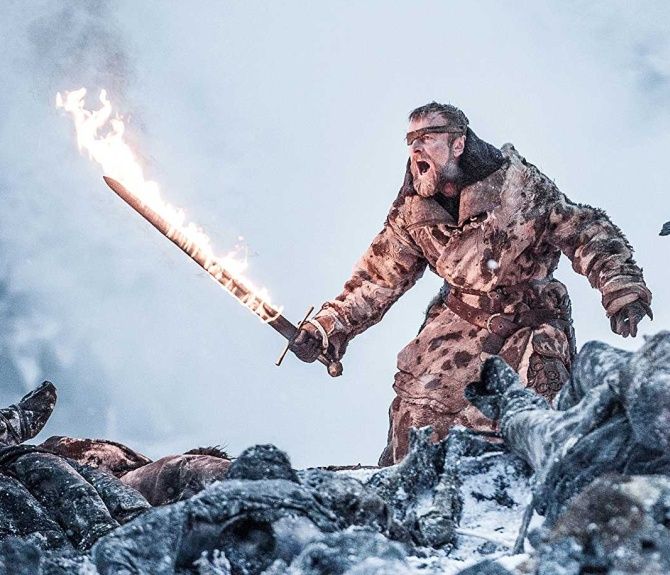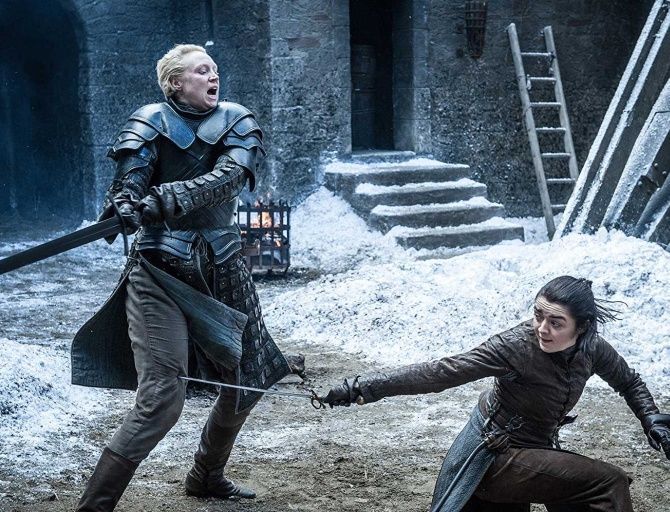'When so many noted universities -- including the likes of Harvard and the University of California -- are spending their resources on studying the world of GoT, it is fun to assess whether this fictional universe conforms with the laws of our real universe,' says Kumar Abhishek.

The Game of Thrones (GoT) world is one of the most complex and yet ridiculous fictional worlds ever created.
And like all fictional worlds, it is self-consistent where our laws of science or general moral code do not apply.
Here dragons fly and the dead lives.

Still, in the GoT world, there are many similarities with real-life events, developments and characters like that between Danerys and Henry VII, the founder of the Tudor dynasty, who was the unlikeliest conqueror when his soldiers slew Richard III and overthrew the Yorkist dynasty.
So, it is apparent that the GoT world is inspired by our own, but also imaginative.
So let's see how wild is the imagination of George R R Martin, the author of A Song of Ice and Fire, which has been adapted into GoT.

First, why are seasons so crazy on the GoT planet, where winters and summers last for years?
As the story begins, the most-recent summer has stretched for 10 years.
On earth, changes in seasons are resulted by its axial tilt and revolution around the sun.
We know that the GoT planet once had two moons -- one got too close to the star and cracked.
Maybe the surviving moon is not large as ours and the planet wobbles like a broken top on its axis.

But many a time, a planet without a moon is fairly stable. So, is the GoT planet being tugged along by another star?
Martin in his previous novel, Dying of the Light, did write about a rogue planet's erratic course taking it irreversibly away from the parent star.
Maybe GoT is set in that universe only. Also, a group of graduate students at Johns Hopkins University in a study backed this idea -- the story takes place on a circumbinary planet, a world that orbits two stars.

Second, the planet's geography.
Miles Tarer, geological data scientist and educator at Stanford University, calculated that the planet's radius is around 6,915 km, slightly larger than earth's radius of 6,371 km, based on the presence of an ice wall along its Arctic and desert in further south (on earth, deserts appear within a general latitude range, with most near 30° north).
Also, 25 million years ago, a line of fire and molten rock cut through the planet's crust and separated the previously joined continents of Westeros and Essos.

This spreading ridge is analogous to the mid-Atlantic ridge that was largely responsible for the breakup of earth's last super-continent of Pangaea.
Now the much sought-after Valyrian steel -- a form of metal that was forged in the days of the mighty Valyrian Freehold, and weapons made of which can hold a keen edge, remaining sharp forever without the need for honing.
But the secrets of forging it were lost much like that of the real-world Damascus steel, first developed in around 300 BC.

Unlike Valyrian steel, flying dragons appear at best imaginative if looked through a scientific lens.
'There are no real animals that are flame resistant or flame immune,' Rachel Keeffe, a doctoral student studying reptiles and amphibians at the University of Florida, was quoted as saying in LiveScience.
'There are animals that can resist super-high temperatures like ocean vents -- certain worms can live in these really insane environments of heat, but that's not fire.'
And also a dragon can never fly -- the largest flying reptile Quetzalcoatlus (pterosaur) had an average wingspan of 11 m, much smaller than Danerys' dragons.
This because the gravity on the GoT planet and on earth appears to be similar and our planet can't support such a flying monster.

The wall? It won't work either. The sheer cliff of solid ice stacked 213-m tall will melt under its own weight and fall apart.
But wildfire works, it is nothing but napalm. And so do dire wolves -- the extinct Canis dirus was the largest wolf species ever lived.

On the other hand, the White Walkers and their army of the dead are an extended metaphor for climate change, a coming global catastrophe largely ignored by those with the power.
It may be argued that as to why bring science to a fantasy world as it risks killing the joy. But for me, it makes the story richer and a bit more relatable.
And when so many noted universities -- including the likes of Harvard and the University of California -- are spending their resources on studying the world of GoT, it is fun to assess whether this fictional universe conforms with the laws of our real universe.










